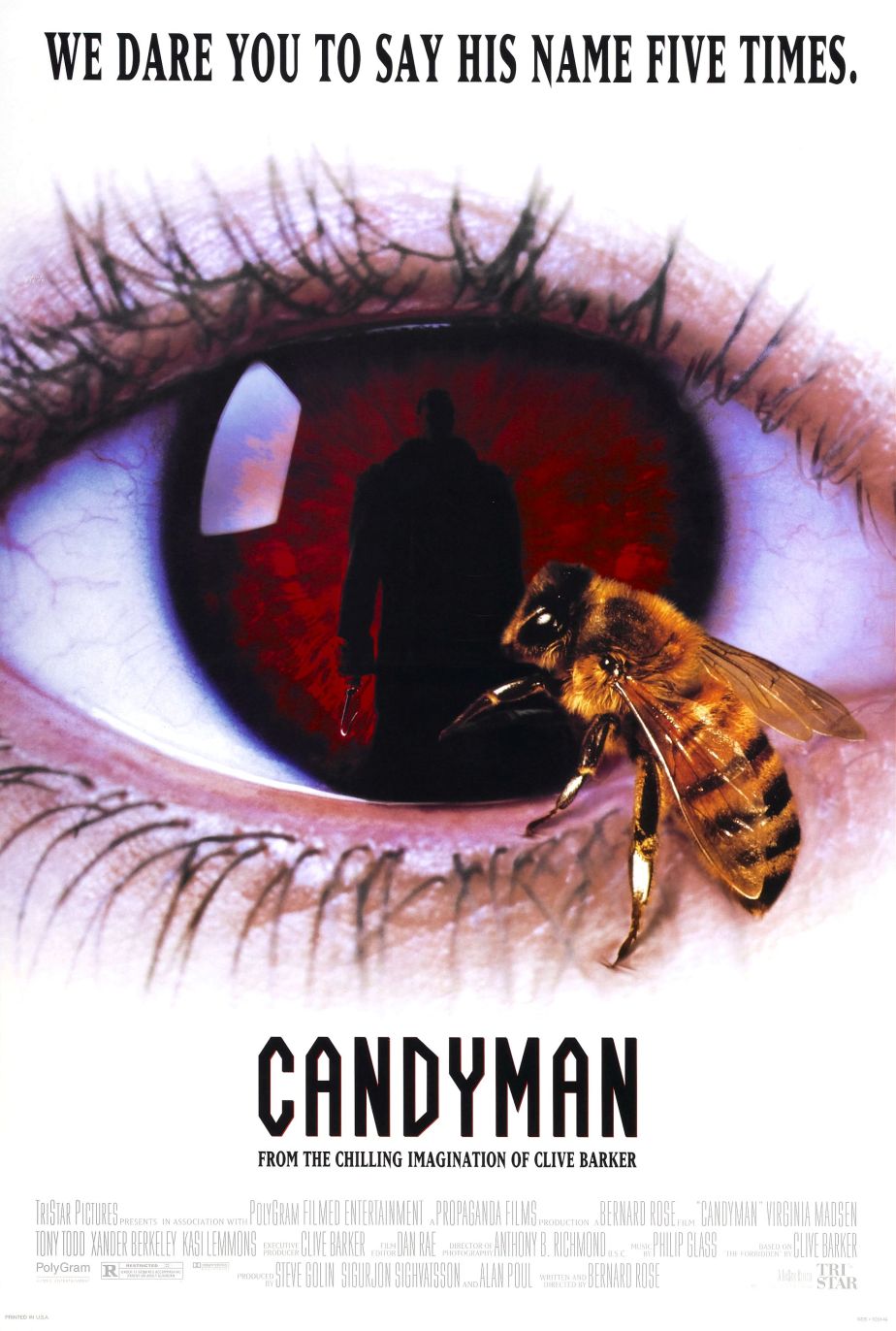Black Box directed by Emmanuel Osei-Kuffour is a sci-fi/ horror, released as part of ‘The Welcome to Blumhouse’, 8 film deal on Amazon Prime. Black Box centres around a recently widowed father, Nolan (Mamoudou Athie), who is struggling to raise his young daughter, Ava (Amanda Christine) after losing both his wife and his memory in a car accident. After months of frustration, Nolan seeks out an experimental treatment from neurologist, Dr. Lillian Brookes (Phylicia Rashad). Nolan begins to remember fragments of his past but it’s a past that does not line up to what his friends and family have told him. He begins to question himself and the man he is/ who he was before his accident while digging further and further into his dark subconsciousness. Black Box may some obvious comparisons to a great episode of Black Mirror or Jordan Peele’s Get Out, as both visually convey similar sunken places within the Black subconsciousness but Osei-Kuffour is a capable writer/director that can stand on his two feet with this unnerving feature, and one that showcases a promising career in horror with its creepy ass imagery. All the performances here knock it out of the park, but particularly child actor Christine, as Ava brings adds a devastating quality to the film as she tries her best to leave little reminders for her dad and tearfully begs him not to forget her.
Black Box excellently conveys the true terror of what it feels like losing your memory, your mind and what it means to lose a piece of yourself within these lapses. Dr. Brookes’ experimental ‘black box’ is a computer program of the virtual reality-type, that collects and projects core memories into a a patient, forcing Nolan to relearn how to walk in his own shoes, remap memories in a skin that just does not seem to fit, as something feels unfamiliar but also uncanny at the same time. Nolan embarks on a journey to find himself again which leads him down a dark and twisty path. Black Box is a truly terrifying horror dealing with the fallout of head trauma and how this trauma within one’s own mind can manifest into a repressed monster from the depths of a person’s damaged core memories. Which leaves you questioning who or what you are deep down.

